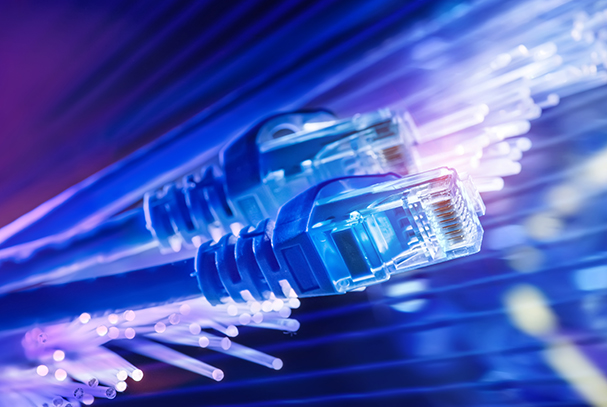Optic fiber technology is a term that we often hear these days, but most of us do not understand what it means and how it works. The technology has revolutionized the world of communication and data transmission and is quickly becoming the most popular form of communication worldwide. In this blog post, we will give you a comprehensive guide on how optic fiber technology works in layman’s terms so that you can understand the technology better and appreciate how it impacts our daily lives.
What is Optic Fiber Technology?
Optic fiber technology is a method of transmitting information via light waves through an optic fiber cable. The cable is a bundle of individual optical fibers that is made up of extremely thin strands of glass. Each fiber is about the width of a human hair and carries light signals over long distances.
How Does Optic Fiber Technology Work?
Fiber optic cables consist of several to hundreds of delicate strands of glass fiber, which transmit data as pulses of light. During the data transmission process, data is loaded into a beam of light using a light-emitting diode or laser. This is achieved by converting electrical signals from a computer into pulses of light.
For proper reception, the computer or server needs to be linked to a photocell. This photocell decodes the transmitted information by converting light pulses back into electrical signals that can be understood by the computer.
Fiber optic cables transmit light using two main methods:
- Single-Mode
Single-mode fiber, alternatively referred to as uni-mode or mono-mode fiber, utilizes ultra-thin glass fiber to efficiently transmit data. In this scenario, a beam of light effortlessly travels along the central path of the fiber. Single-mode fiber optic is primarily utilized for Cable TV and telephone lines. The light transmitted through single-mode fiber optic can travel longer distances compared to multi-mode.
- Multi-Mode
Multi-mode utilizes thicker fiber optic cables capable of carrying multiple signals simultaneously. Light is introduced here at shallow angles, specifically less than 42 degrees. This technique guarantees that light undergoes total internal reflection as it traverses the glass fiber, bouncing off its edges in the process. Multi-mode fiber optic cables are primarily employed in computer networks for short-distance connections. These cables offer efficient data transmission capabilities, ensuring reliable and swift communication within a limited range.
Structure of Fiber Optic Cable
A fiber optic cable consists of three main layers:
- Core
The core of a fiber optic cable is located at its center. It consists of either a single strand or a bundle of glass fibers, depending on the cable’s type and purpose. Data is transmitted through the core in the form of light pulses.
- Cladding
The core of the optical fiber is encased in a layer called cladding. This cladding consists of a material with a refractive index lower than that of the core. Its purpose is to prevent the leakage of light from the core, effectively insulating it.
- Outer Jacket
The core and cladding of the fiber optic cable are both encased in a durable outer jacket. This protective layer safeguards the underlying core and cladding layers, shielding them from potential damage.
How is Information Transmitted through Optic Fiber?
Optic fiber technology uses a process called total internal reflection to transmit information. The cable’s inside coating reflects the light beams toward the center of the optical fiber, which helps prevent signal loss and keeps the transfer quick and uninterrupted. The optic fiber strand can carry information digitally through multiple wavelengths, resulting in a higher transfer speed and bandwidth capacity than traditional copper wires.
What are the Advantages of Optic Fiber Technology?
The advantages of optic fiber technology are vast and include:
Increased internet speed: Optic fibers’ transfer speeds are up to 100 times faster than traditional copper wires.
Greater bandwidth capacity: Fiber optic cables can carry more data than copper wires.
Better signal quality: With optic fiber, information degradation over long distances is not a problem, so signal quality is better than traditional copper wires.
More reliable: Optic fibers are less susceptible to interference and voltage interference, providing more reliable communication and data transmission than copper wires.
ADD Communications: Fiber Optic Termination, Certification & Testing
In conclusion, optic fiber technology is a crucial advancement in communication and data transmission. It offers faster transfer speeds, greater bandwidth capacity, and better signal quality making it the ideal choice for businesses and individuals alike. While the complexity of optic fiber technology can be daunting, we hope this guide has given you a better understanding of the basics of how this technology works.
If you’re in the market for optic fiber services, ADD Communications offers a wide range of solutions to meet your needs. We specialize in fiber optic consulting, installation, certification, and testing services ensuring that your systems are up to the highest standards. Contact us today for more information about our products and services!
